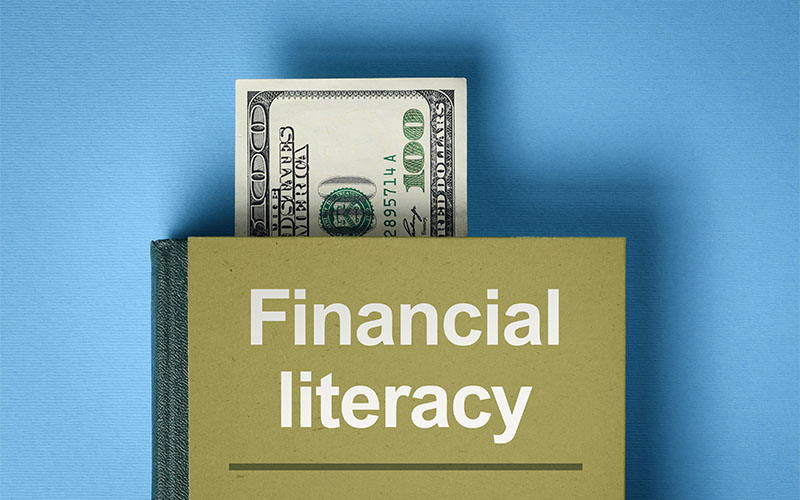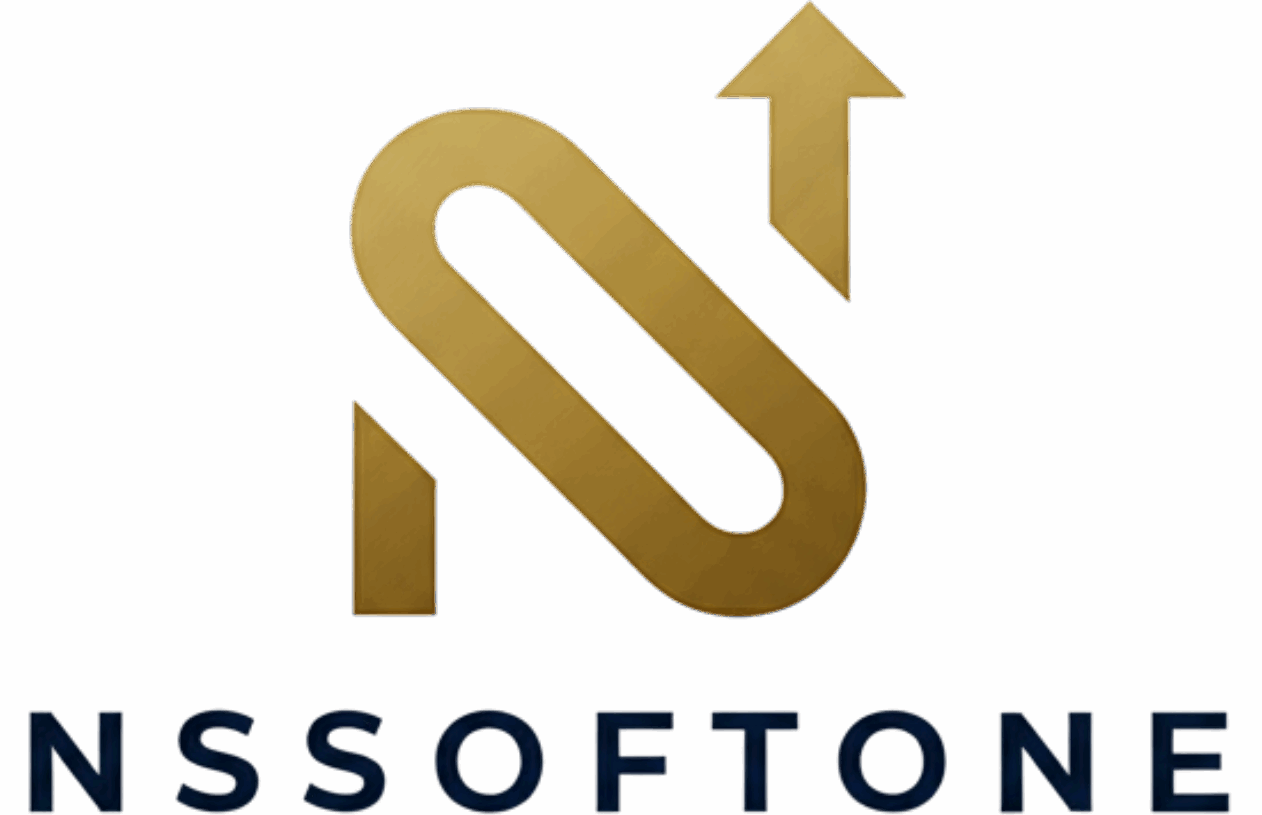In the modern world, where economic forces are complex and ever-changing, financial literacy has emerged as a critical life skill—not a niche subject reserved for economists and investors. It is the compass that guides us through the tumultuous seas of debt, savings, and investment toward a secure and prosperous future. The difference between merely earning a living and building true wealth often lies in one fundamental ability: making smart money moves. And these moves are invariably rooted in solid financial education.
The Foundation: Defining Financial Education
Financial education is more than just knowing how to balance a checkbook or track expenses. It’s the process of acquiring the knowledge and skills necessary to manage financial resources effectively for a lifetime of financial well-being. It encompasses a broad spectrum of topics, from basic budgeting and debt management to complex concepts like investing, retirement planning, and understanding economic principles.
Why is this education so vital? In the absence of it, individuals often fall prey to common financial pitfalls: crippling debt, poor credit scores, and an inability to save for long-term goals. Conversely, those armed with financial knowledge are empowered to make informed, strategic decisions that compound over time, dramatically altering their future trajectory.
I. Mastering the Essentials: The Pillars of Financial Literacy
The journey to financial empowerment begins with mastering four core pillars: Budgeting, Debt Management, Saving, and Investing.
1. The Art of Budgeting and Cash Flow Management
A budget is not a restriction; it’s a roadmap to freedom. Financial education teaches the crucial difference between needs and wants, providing practical tools—like the 50/30/20 rule or zero-based budgeting—to track income and expenditure effectively.
Understanding cash flow is essential. It’s the engine of your personal economy. When you know where every dollar comes from and where it goes, you gain control. This control allows you to consciously direct your money toward goals, rather than allowing it to be passively consumed by impulse spending. A foundational knowledge here empowers individuals to break the cycle of living paycheck-to-paycheck.
2. Strategic Debt Management: Good vs. Bad Debt
Debt is often viewed as a monolith of financial struggle, but financial education introduces a nuanced perspective: the distinction between “good” and “bad” debt.
- Bad Debt: High-interest, depreciating liabilities like credit card debt or expensive personal loans. These consume wealth and erode financial stability. Learning how to aggressively pay down high-interest debt, often using strategies like the “debt snowball” or “debt avalanche,” is a cornerstone of smart money moves.
- Good Debt: Debt that can potentially increase your net worth or generate future income, such as a mortgage on an appreciating asset or a student loan leading to higher earning potential. The key is understanding how to leverage this debt wisely, maintaining a healthy debt-to-income ratio.
Furthermore, a deep understanding of credit scores is non-negotiable. Your credit score is your financial resume, determining your access to loans and the interest rates you pay. Financial literacy provides the blueprint for building and maintaining an excellent score, saving you thousands of dollars over a lifetime.
3. Cultivating a Savings Mindset: Emergency Funds and Goal Setting
Saving is the bedrock of financial security. Financial education instills the discipline to treat savings as a non-negotiable expense. The very first smart money move is often establishing an emergency fund—three to six months of living expenses—to act as a shield against unexpected events like job loss or medical emergencies. Without this buffer, one unexpected cost can unravel years of financial progress.
Beyond the emergency fund, the education focuses on purpose-driven saving. Whether the goal is a down payment on a house, a child’s education, or a dream vacation, assigning a purpose and a timeline makes saving a proactive strategy rather than a passive habit.
II. Building Wealth: The Power of Investing and Compounding
The most transformative aspect of financial education is demystifying the world of investing. Saving money preserves wealth; investing makes it grow.
The Magic of Compounding Interest
The single most important concept in long-term wealth building is compound interest. As Albert Einstein is often (and possibly falsely) quoted: “Compound interest is the eighth wonder of the world. He who understands it, earns it… he who doesn’t, pays it.”
Financial education reveals that time is an investor’s most valuable asset. Starting to invest early, even with small amounts, allows the returns on your investments to earn their own returns, creating an exponential growth curve. This knowledge encourages immediate action, shattering the myth that you need to be wealthy to start investing.
Strategic Investment Choices
A financially literate individual understands the difference between a high-yield savings account, bonds, mutual funds, and individual stocks. They know about diversification, asset allocation, and risk tolerance. Crucially, they learn to avoid common behavioral traps: chasing “hot” stocks, market timing, or panicking during a market downturn. Instead, they focus on long-term, systematic investing aligned with their goals, often utilizing tax-advantaged accounts like 401(k)s and IRAs for retirement.
III. Financial Education and the Future: Planning for the Long Term
The ultimate goal of financial education is not just managing today’s money, but ensuring the financial stability of tomorrow.
Retirement Planning and Legacy
Understanding retirement is where long-term planning crystallizes. It involves estimating future needs, understanding inflation’s erosive effect, and utilizing available retirement vehicles. Financial literacy transforms retirement planning from an abstract hope into a concrete, measurable plan. Furthermore, it covers the essentials of estate planning—wills, trusts, and insurance—ensuring that your hard-earned wealth provides a legacy, not a liability, for your loved ones.
Shielding Your Assets: Insurance and Risk Management
Smart money moves also involve risk mitigation. Insurance—health, life, disability, and property—is not an expense, but a mandatory protection for your assets and income. Financial education provides the framework to assess personal risk and select appropriate coverage without overpaying. It teaches that the greatest financial risks are often the ones you fail to insure against.
Conclusion: The Call to Action
The modern economy demands financial sophistication. With access to endless credit and the rapid evolution of financial products, a lack of financial education is a greater liability than ever before. It leads to stress, missed opportunities, and a reduced quality of life.
By choosing to invest in your financial education, you are making the most powerful smart money move of all. You are shifting from a passive consumer to an active architect of your own financial destiny. This education equips you with the confidence to navigate economic uncertainty, the discipline to save consistently, and the strategy to invest wisely.
Start today. Read a book, take an online course, or consult a fee-only financial advisor. The knowledge you gain will be the most valuable asset you ever acquire, fundamentally shaping a future of stability, opportunity, and true financial independence.




